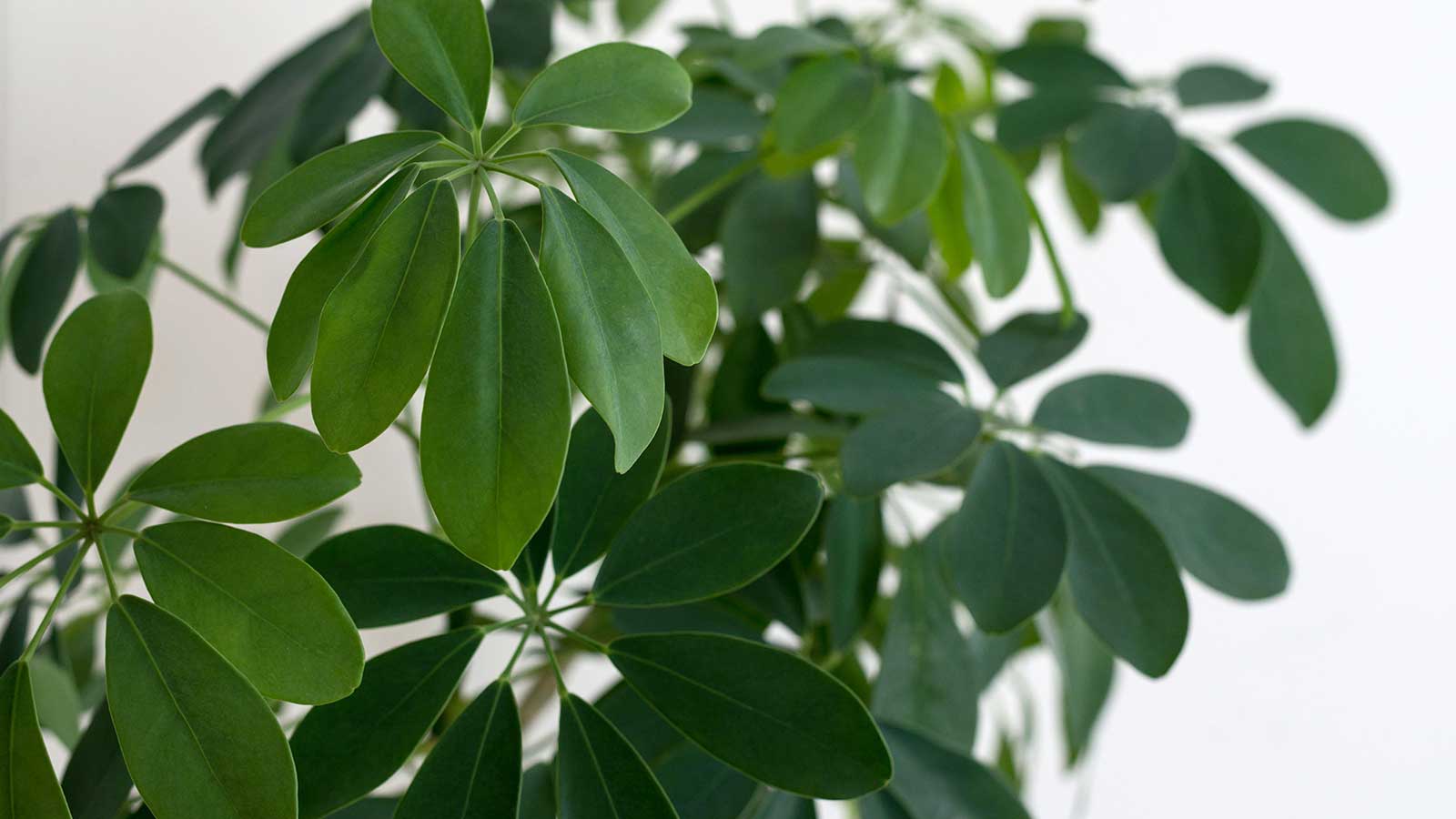How to propagate schefflera – for more umbrella plants in your home
These popular, tropical houseplants can be easily propagated with cuttings, explains a gardening expert


Scheffleras, commonly known as umbrella plants, are popular additions to interior displays. They have attractive, oval-shaped leaves and can grow quite large – up to 6ft indoors – making a green and glorious statement in bright corners or on side tables. And, like many houseplants, if you have one schefflera, it's possible to make more.
I'm a big fan of propagating my indoor plants, having had recent success with aloe, snake plants, pothos, and peace lilies. It's an affordable way to get lots of new plants for free, and spotting new growth for the first time feels super rewarding. I haven't tried it with an umbrella plant yet, but with gardening expert Tony O'Neill's tips (below), I'll certainly be giving it a go.

Schefflera make pretty indoor plants
How to propagate schefflera – in 8 easy steps
You'll need to take cuttings in the spring to propagate your umbrella plant. Make sure you use clean and sharp pruners to do so.
- 'Take a 4-6in cutting from a healthy schefflera plant,' Tony instructs. 'Ensure the cutting has at least two sets of leaves.'
- 'Remove the leaves from the bottom half of the cutting.'
- 'Dip the cut end in rooting hormone,' he continues. 'This isn’t mandatory, but it helps encourage faster root growth.' Garden Safe Take Root Rooting Hormone from Amazon is a well-rated product.
- Plant the cutting in a small pot filled with a mix of peat and perlite, Tony says. The perlite will help ensure the mix is well-draining.
- 'Water the cutting, ensuring the soil is damp but not waterlogged.'
- 'Cover the pot with a clear plastic bag to create a mini greenhouse effect. This retains humidity which aids in rooting.'
- 'Place the pot in indirect sunlight and maintain a moist environment for the cutting by misting inside the bag every couple of days,' Tony continues. If you don't have one yet, this Starburst Cut Glass Mister from Terrain has a gorgeous design.
- 'After 4-6 weeks, check for root growth by gently tugging on the cutting,' Tony says. 'If there's resistance, it means roots have developed.' You can then take the plant out of its plastic bag and care for it as you would a mature plant.

Tony O'Neill is an accomplished gardening expert, author, and educator. With a passion for simplifying gardening practices, he has inspired a wide audience through his popular YouTube channel and website SimplifyGardening.com. Tony's expertise empowers individuals to cultivate thriving gardens and connect with nature.

Remove the leaves from the bottom half of your stem cuttings
Propagating schefflera in water
Some people prefer to propagate their plants in water, as it's easier to see if and when roots develop.
By staying clear of the common water propagation mistakes, it's possible to do this with umbrella plants – and the process is very similar to propagating them in soil. Simply put the end of each cutting in a small glass of clean water, and change the water regularly. Give them bright light, but not direct sunlight, and then pot them up into soil once a good root system has established.

These tropical plants enjoy bright light and high humidity
Once your new umbrella plant is growing well, keep up a good maintenance routine to help it thrive. Over-watering should always be avoided, as this can cause root rot. Keep an eye out for houseplant pests, too – and take action quickly should you spot them.
Design expertise in your inbox – from inspiring decorating ideas and beautiful celebrity homes to practical gardening advice and shopping round-ups.

Holly started writing about gardening five years ago, and she is a regular contributor to Homes & Gardens. She has also written many gardening features for Woman & Home and Real Homes, too. She has previous experience as a professional gardener, where she helped to plant and maintain private gardens. Holly has also looked after allotment plots over the years and loves to grow her own flowers and veggies from seed. In her spare time, she enjoys visiting local gardens, botanical drawing, and tending to her ever-growing collection of houseplants.